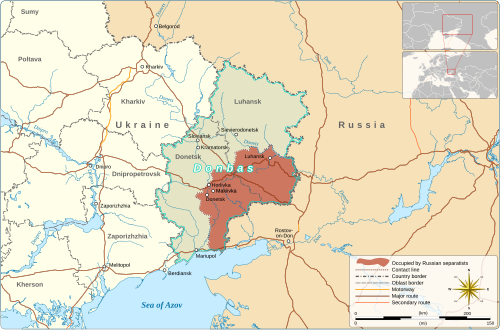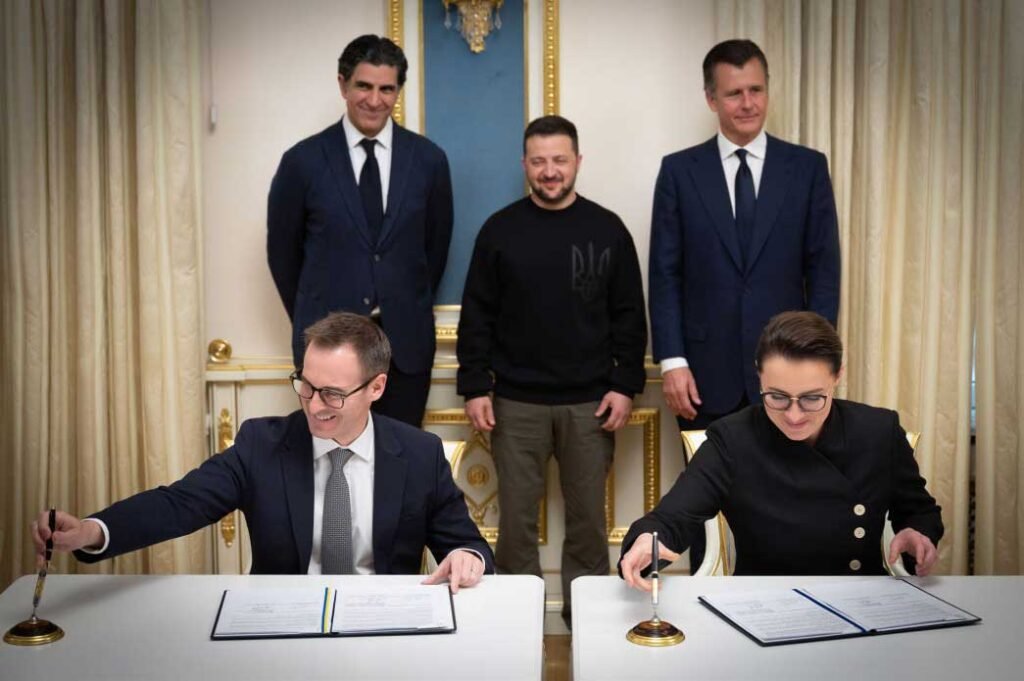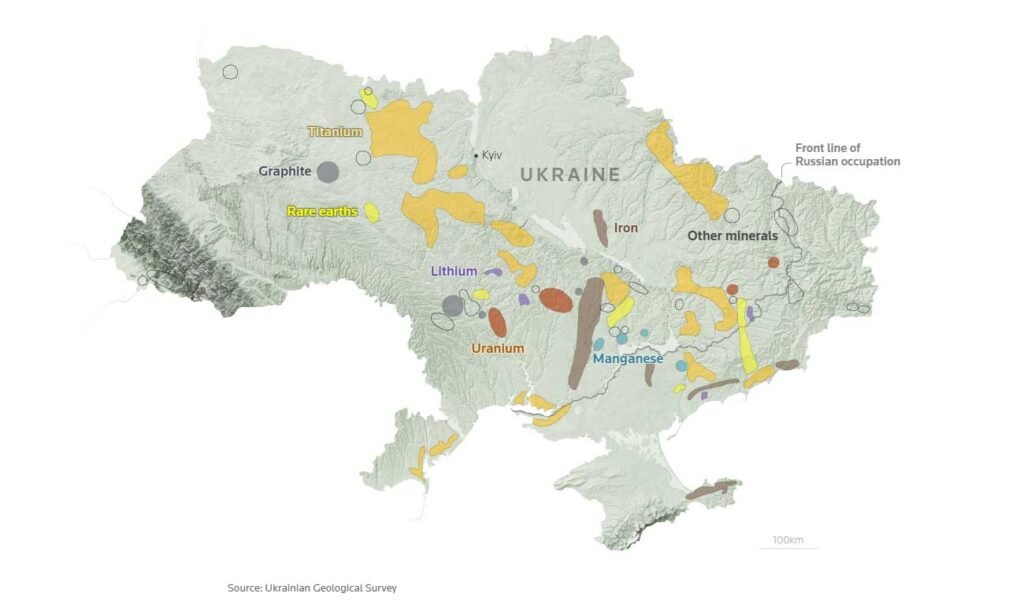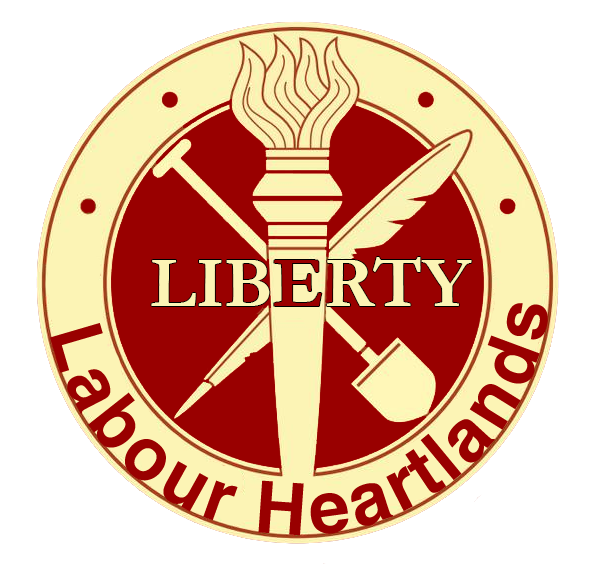There is a dark, unspoken truth hanging over the latest round of “peace talks” between Trump, Putin, Zelensky and the European leaders: war has become too profitable to end.
For three years, the war in Ukraine has been framed in noble language, a fight for freedom, sovereignty, and the defence of democracy. But behind the rhetoric lies a grubby economic reality. Billions in public money, funnelled through “support packages” and “aid commitments,” have not rebuilt homes, schools, or hospitals in Ukraine. They have flowed directly into the bank accounts of Western arms manufacturers and their shareholders. They are underwriting the profits of the arms trade.
Britain, France, Germany, the EU Commission have all discovered that Ukraine is not only a frontline against Russia but a lucrative frontier market for weapons. Public money is siphoned from the public coffers and rebranded as “military assistance,” while Lockheed Martin, BAE Systems, Rheinmetall, and Thales post record profits. Ukraine is not simply a battlefield; it is a marketplace.
Meanwhile, ordinary Europeans are told to accept austerity, spiralling energy bills, and crumbling public services.
A ‘Peace Deal’ Built on Arms Contracts

Trump’s envoy, Steve Witkoff, recently boasted that Russia had agreed to allow the West to provide “robust” security guarantees for Ukraine, Article 5–style protection without NATO membership. Zelensky called it “historic.” European leaders queued up to applaud.
But scratch the surface and the deal looks less like peace and more like permanence. A permanent “reassurance force.” A permanent commitment to defend Ukraine’s skies and seas. A permanent flow of weapons to “regenerate” its armed forces. In plain English: a permanent contract for the arms industry, paid for by Europe’s citizens.
This is not peace. It is institutionalised militarisation, sold as security.
The Donbas Bargain

Behind the lofty speeches lies an even bleaker reality. Putin reportedly floated a deal in Alaska: Ukraine retreats from Donetsk in exchange for Russia freezing the front lines in Zaporizhzhia and Kherson. European officials, we are told, fear Trump may pressure Zelensky to accept.
Zelensky vows he will never cede the Donbas, citing Ukraine’s constitution and warning that territorial concessions today would be the stepping stones for invasions tomorrow, a hard claim to square with the fact that Russia and Ukraine already share an uncontested border stretching some 1,426 miles east to west. Yet the brutal reality is that in this war of attrition, Ukraine has not been winning. The Donbas is already lost ground, with little realistic chance of being reclaimed.
Zelensky now finds himself trapped between two empires: Russia with its tanks, and the West with its contracts. His refusal of a Donbas deal may sound principled, but it also serves the arms industry perfectly, prolonging a conflict that guarantees endless orders.
The Investment Opportunity

Let’s not forget: Ukraine has already handed the keys of its future to Wall Street and Brussels. Deals with hedge fund giants like BlackRock carve up the country’s reconstruction before the war is even over, while Washington secures financial stakes in Ukraine’s vast mineral wealth. Kyiv, astonishingly, has agreed to pay for American weapons, a staggering concession from a nation kept alive by foreign lifelines. Meanwhile, Europe shovels billions into arms procurement schemes with scarcely a whisper of public oversight.
Geopolitical Tides & Economic Currents
An Infographic on the Shifting Defence and Energy Landscapes
NATO’s Expanding Frontier
The North Atlantic Treaty Organization has seen significant growth, fundamentally altering Europe’s security map in response to heightened geopolitical tensions. This expansion creates a ripple effect, boosting defence investment and reshaping alliances.
Founding Members
12
in 1949
Total Members
32
as of 2024
Border with Russia
6
NATO nations now share a direct border
The Global Arms Boom
Driven by the war in Ukraine and rising global instability, military spending has surged to its highest point since the Cold War. This unprecedented investment is reshaping the global defence industry.
Global Military Spending (2024)
$2.7T
A 10-Year Climb
This represents 2.5% of Global GDP, the steepest rise in decades.
Top 5 Military Spenders (2024)
Global Arms Exporters Market Share (2020-2024)
The US and France have increased their market share, while Russia’s has significantly declined. Ukraine has become the world’s largest arms importer.
Defence Contractor Revenue Growth (2023-2024)
Major defence firms are seeing significant revenue increases, though supply chain issues present ongoing challenges to meeting soaring demand.
UK Defence: Investment & Impact
The UK has ramped up its defence commitments, aligning with NATO targets and investing heavily in military modernization. This spending directly supports hundreds of thousands of jobs and contributes significantly to the national economy.
UK Defence Spending Trend
The UK is on track to spend 2.5% of its GDP on defence by 2027, exceeding the NATO 2% target.
Economic Contribution
463,000
Total UK Jobs Supported by MOD
£13.7B
GDP Contribution from BAE Systems UK
The Energy Equation: Policy & Profits
In response to volatile energy markets, the UK has increased its windfall tax on North Sea oil and gas profits. This policy shift aims to balance fiscal needs with a gradual transition to renewables, impacting the profitability and investment outlook for major energy firms.
UK Energy Profits Levy (EPL)
Total Tax Rate on North Sea Operations
78%
Extended to March 2030, with the investment allowance removed.
Energy Giants’ Profitability (2023 vs 2024)
Major energy firms like BP and Shell saw profits decline in 2024 amid lower margins and evolving market conditions.

And here lies the bitter truth: while a generation of Ukrainians bleeds into that soil, the men in suits see only balance sheets. Ukraine was never merely a cause; it was always an investment. Like every commodity, it retains value only so long as the conflict endures, or at the very least, so long as it is recast as the new frontline of a 21st-century cold war. A militarised nation, perpetually armed and permanently haunted by the spectre of invasion, is an investor’s dream.
Orwell, as ever, saw it with chilling clarity: “The war is not meant to be won, it is meant to be continuous… In principle the war effort is always planned to keep society on the brink of starvation. The war is waged by the ruling group against its own subjects, and its object is not the victory over either Eurasia or East Asia, but to keep the very structure of society intact.”
Eight decades later, those words echo over Ukraine. The war machine grinds on, not because it must, but because it pays.
Who Pays?

The Defence Industry Boom: Revenue and Challenges
The aerospace and defence (A&D) sector experienced a year of record revenue in 2024, with global revenue across the top 100 A&D companies reaching $922 billion. According to SIPRI, revenues from sales of arms and military services by the 100 largest companies in the industry totalled $632 billion in 2023, representing a 4.2% real-terms increase compared to 2022. This growth trend is anticipated to continue into 2026. Despite soaring demand, production continues to lag, with backlogs stretching for years due to persistent labour gaps and vulnerable supply chains.
It’s a growth industry no one wants to miss out on…it only costs lives…
Table: Selected Major Defence Contractor Revenues (2023-2025 Projections)
| Company Name | Annual Revenue (2023) ($B or £B) | Annual Revenue (2024) ($B or £B) | Projected Annual Revenue (2025) ($B or £B) | YoY Growth (2023-2024) (%) | YoY Growth (2024-2025 Projected) (%) |
| Lockheed Martin | $67.571B | $71.043B | $71.844B (as of June 30, 2025 TTM) | +5.14% | +1.09% (TTM) |
| Northrop Grumman | $39.29B | $41.033B | $40.501B (as of June 30, 2025 TTM) | +4.44% | -0.65% (TTM) |
| General Dynamics | $42.27B | $47.72B | $50.27B (as of June 29, 2025 TTM) | +12.88% | +16.0% (TTM) |
| RTX Corporation | $68.92B (Reported) | $80.74B (Reported) | $83.60B (as of June 30, 2025 TTM) | +17.15% (Reported) | +15.44% (TTM) |
| BAE Systems | £25.284B | £28.3B | £28.335B (Guidance) | +14% | +7-9% (Guidance) |
And of course we ask: who pays…
Not the shareholders of BAE. Not the European Commission. Not the arms lobbyists now shuttling between Brussels and Washington. No, the bill falls to the same people it always does: the public.
British taxpayers who cannot see a dentist. German workers watching their industries decline under punishing energy costs. French citizens told to accept pension reforms while billions vanish into “security packages.” And Ukrainians themselves, bled white by a war that their allies have no incentive to end.
The Real Guarantee
The one guarantee we can be sure of is this: until war is less profitable than peace, it will be prolonged. Until the arms companies are stripped of their power to dictate policy, “robust security guarantees” will mean little more than robust profits.
If European leaders truly wanted peace, they would commit to rebuilding Ukraine’s infrastructure, not its weapons stockpiles. They would prioritise schools over missiles, hospitals over tanks. Instead, they talk of “regenerating Ukraine’s armed forces”, proof, if any were needed, that the plan is not peace but preparation for the next round.
History will not look kindly on those who traded Ukrainian lives for quarterly dividends. The real question is whether the public will go on tolerating their hard-earned being siphoned off to fatten the balance sheets of the arms industry, all while the cost of living crisis leaves kitchens bare and bills unpaid.
Support Independent Journalism Today
Our unwavering dedication is to provide you with unbiased news, diverse perspectives, and insightful opinions. We're on a mission to ensure that those in positions of power are held accountable for their actions, but we can't do it alone. Labour Heartlands is primarily funded by me, Paul Knaggs, and by the generous contributions of readers like you. Your donations keep us going and help us uphold the principles of independent journalism. Join us in our quest for truth, transparency, and accountability – donate today and be a part of our mission!
Like everyone else, we're facing challenges, and we need your help to stay online and continue providing crucial journalism. Every contribution, no matter how small, goes a long way in helping us thrive. By becoming one of our donors, you become a vital part of our mission to uncover the truth and uphold the values of democracy.
While we maintain our independence from political affiliations, we stand united against corruption, injustice, and the erosion of free speech, truth, and democracy. We believe in the power of accurate information in a democracy, and we consider facts non-negotiable.
Your support, no matter the amount, can make a significant impact. Together, we can make a difference and continue our journey toward a more informed and just society.
Thank you for supporting Labour Heartlands












